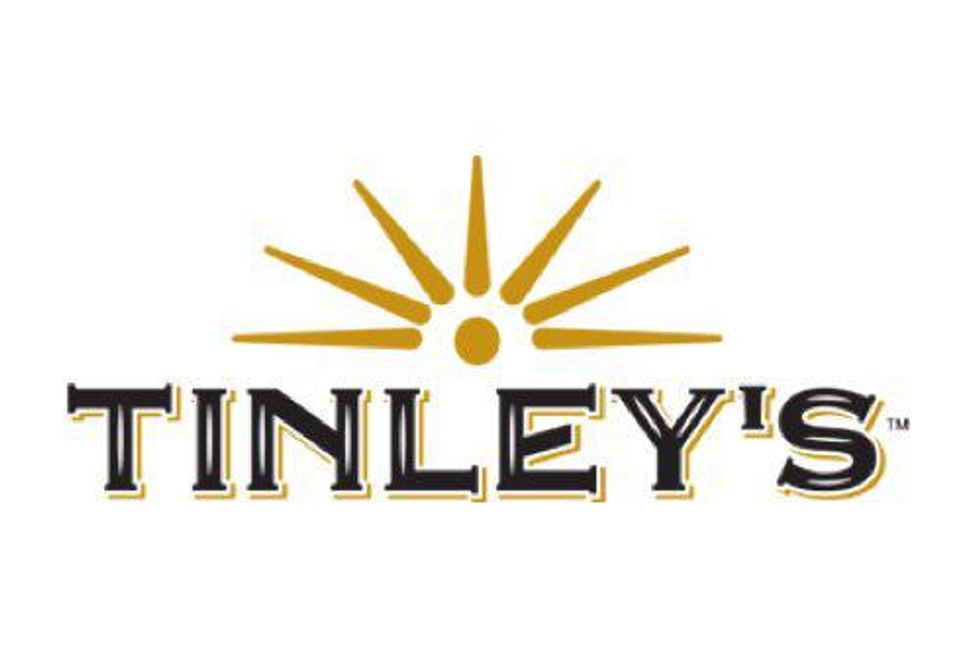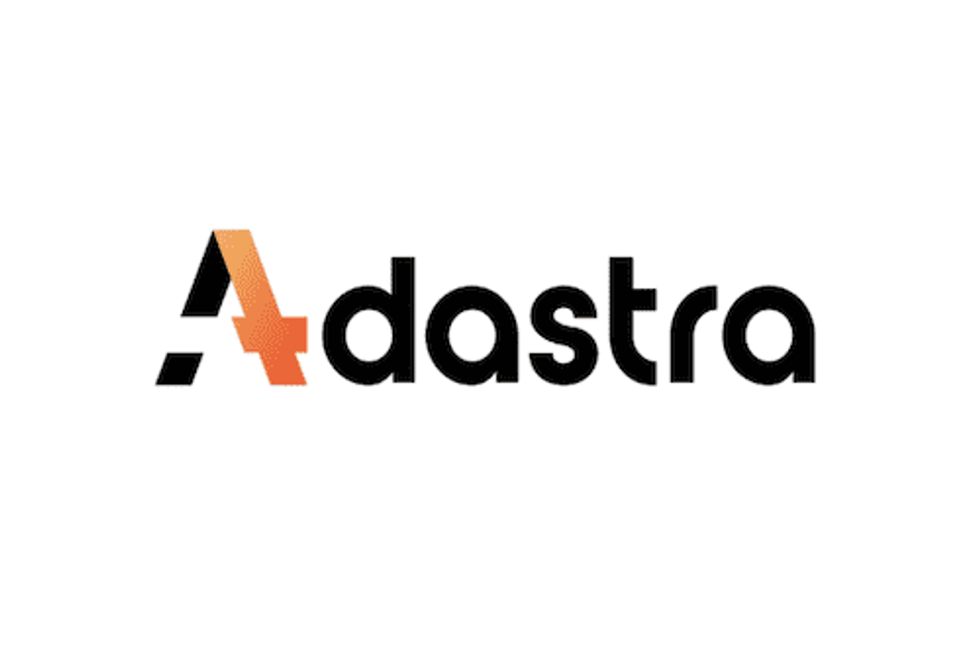Neal Gilmer, Haywood Securities Cannabis Analyst: "I Expect There will Still be a Shortage Next Year"

INN took the opportunity to discuss the cannabis sector moving in depth with Neal Gilmer, analyst at Haywood Securities.
As the slower summer months of trading take over the markets, the cannabis sector has seen a minimal decline as it prepares for recreational legalization next year.
Expanding on that, on June 27, Neal Gilmer, a cannabis market analysis at Haywood Securities published a report initiating the coverage of the cannabis sector and four licensed producers (LP) Aphria (TSX:APH), CanniMed Therapeutics (TSX:CMED), Harvest One (TSXV:HVST) and WeedMD (TSXV:WMD). Besides many market trends and analysis and the expectation for this shortage of cannabis in Canada, Gilmer wrote that the massive amount of attention legalization will bring down the stigmatism of cannabis consumption.
“Following the current focus on production expansion and scale of supply, we believe that other aspects of the industry will continue to emerge from quality assurance and testing, to extraction methodologies, development on the international landscape and other niche areas of the cannabis landscape,” Gilmer wrote in the report.
With that in mind, the Investing News Network (INN), took the opportunity to discuss the sector with Gilmer about the industry moving forward, the possibility of a re-evaluation on the valuation of cannabis stocks, and the much talked about shortage set to take place following the legalization of recreational users.
The interview has been edited for clarity and brevity. Read on below to find out what Gilmer had to say.
INN: Why don’t we start with a topic you’ve written before: the expected shortage of cannabis in Canada as legalization rolls around. What can Canadian producers do today to better prepare themselves for next year?
NG: A number of them are already doing this. We’ve seen most of them arrange capital and now it’s time to deploy that capital with respect to capacity expansion. Their management teams need to focus on trying to manage the execution risk of completing those capital projects on time and being able to ramp up the capacity of the completed facilities.
From my perspective, why I expect there will still be a shortage next year–despite the fact that all of these companies raise capital and all these plans to build out–is that it takes time to actually ramp up the actual productive capacity, regardless of when the walls are built and the lights are installed; it just takes a number of cycles for companies to be able to expand out and grow at their ultimate capacity.
They shouldn’t rush it and make sure they don’t take any shortcuts because that hurts you down the road. You need to make sure they’re completed and then specifically figure out their best way to scale up that productive capacity.
“I expect there will still be a shortage next year”
INN: Since you mention scaling up, I had the opportunity to speak with Jay Wilgar CEO of Newstrike Resources (TSXV:HIP) about their recent acquisition of a new greenhouse facility. The reason I bring this up is because he said it would take some time until the facility was running production of cannabis according to the standards set in place by Health Canada. Do you have any indication as to the average time it would take producers doing these scale ups for their new facilities to be up to speed?
NG: There’s no real average that you can point to because it all depends on the nature of the facility that you’re acquiring or trying to retrofit or build from the ground up. When [an LP buys] a facility it might be a perfect greenhouse for growing vegetables or plants growing there previously, but Health Canada has very strict regulations. You’ve got to make sure you got your security perimeter installed, you have all the security cameras, you need to make sure that you have the appropriate HVAC systems, electrical systems, lighting.
It depends on the facility acquired and some may take less than nine months and some are going to take more than nine months, I think it’s really on a case by case basis. You have to take management’s word as far as what their estimate is. What I would point to, as far as trying to understand whether how seriously you take that estimate, is base it on their past track record… if they tell you it’s going to be ‘x number of months’ I’d have some confidence that’s the case.
INN: Going back to the expected shortage, how big of an impact do you expect it will have on the medical side of the business in Canada? More specifically for patients who may face limited quantities on their products.
NG: I think it’s going to be interesting. I don’t think we actually really know the answer to that yet. I think that the government will try to take some steps to trying to make sure that the medical market is not shortchanged for the recreational market. The only company off the top of my head that I’ve seen make a promise to the medical side is Canopy (TSX:WEED) and they have basically said ‘if you are patient we will ensure that we have supplies for you.’
Certain companies… are focused on the medical market only, so if you are a medical patient with them then you have pretty high confidence that you’re not going to be short-changed for the rec[reational] market – because they are not even going after the rec market. Other companies are still even more focused on the medical market but say they have plans for the recreational market. I haven’t seen anything as far as regulations go, but it wouldn’t surprise me to have Health Canada at some point over the next 12 months come out and say, ‘you know what registered patients as of now have to have some sort of visibility into making sure that they have some sort of supply.’
That’s just my expectation, I haven’t seen anything in writing anywhere. As I said, Canopy is the only one that has actually put something out there as far as their intents to continue to supply the medical market.
“[Health Canada] would rather have the recreational market upset of a supply shortage than the medical market”
INN: I would imagine the last thing Health Canada wants is for medical users to be complaining about a shortage on a daily basis about a lack of product.
NG: Yeah, I think they would rather have the recreational market upset of a supply shortage than the medical market. The medical market was here first and if it’s a medical prescription then you won’t want that short-changed. That said, most of the companies are having trouble supplying the medical market right now; the supply is already tight from my perspective.
INN: It already started then?
NG: It’s been the case for the past year. If you go out there and take a look at some of the various Licenced Producers (LP) websites, there’s not a ton of product that’s available. I talk to people within the industry, obviously, and there are many LPs out there are trying to buy in the wholesale market, meaning they are trying to find LPs that have excess inventory and say ‘we’ll buy it from you and turn out and sell it to our patients.’
You think of the margin hit that has but the biggest thing they don’t want to do is lose the patient. Even if they are growing at $2 a gram and selling it at $7.50 as the average that’s a great margin, but if you are buying wholesale then it’s probably $5 a gram, you’re missing out on some sizeable margin there. The whole interest for the companies out there is they don’t want to lose the patient, they want to make sure they satisfy the patient, they want the reviews to be good to try to drive more patient acquisition. From my understanding right now it’s still a pretty tight market out there.
Biggest trend for LPs is capacity expansion right now
INN: Let me ask you now about some of the trends you’ve seen in the market this year. Overall, what has you excited about the cannabis industry right now.
NG: The trend is all about capacity expansion to try to meet the expected demand from the recreational market, it’s been the primary proceeds for any of the financings that we’ve seen out there. All the various different companies and Health Canada need to work together to try and increase the supply available in the Canadian marketplace going forward. As far as looking forward, I think that right now we’re in the middle of a quiet period. We’ve seen that with the share price performance over the past three months –you take a look at when the Cannabis Act was tabled (April 13). From the time I put out a report in June, on average a group of the LPs are down 31 percent and I think that’s just a little bit of an investor fatigue. It’s a little bit of lack of positive catalyst in the market place.
Going forward, what do I see as a potential catalyst will be provinces clarifying the distribution model. We’ve seen a couple of [premiers] push back on the July 1, 2018, deadline. I think the Feds are going to push very hard that we move forward with it. Seeing that distribution model by province will help de-risk what the outlook for the LPs are. The Feds providing insight as far as marketing, packaging, branding, what they’re able to do as far as to establish a brand or establish their name within the recreational marketplace. Ultimately, what the tax regime is going to be is so that people can get an idea of actually what pricing they are going to be adding.
Those are sort of the three things I’m looking at going forward as far as providing a catalyst and depending on which way they go will determine whether they are positive or negative for the companies out there.
What can Canadian companies bring to the expanding international market?
INN: In your opinion what are some of the stocks that have done the right things this year so far?
NG: Well speaking in regards to the companies I cover, Aphria (TSX:APH) I think has gone and executed as per what they’ve communicated to the marketplace. They pretty much executed on those plans with respect to complete their part two expansion, it took longer to get approved but that was just waiting for Health Canada so they are now fully growing, they got board approval for part three and part four, they’ve raised capital to support their expansions and ultimately where I think investors will start to care about, and they put positive financial results. They beat all expectations that I was aware of and they beat the top line; revenues were above my expectations and consensus estimates. EBITDA was significantly above due to lower cost and they drove positive EBITDA, which is pretty rare in the industry.
INN: With more and more international markets opening up the possibility of cannabis as a legal business overall, what role do you think Canadian companies can play in the larger scheme of things?
NG: They can bring their expertise that they’ve gathered to date… they have a lot of expertise in growing [cannabis] over the past three years, depending on which LP and how long they’ve been around. They got standard operating procedures, they got strict quality controls in place, quality insurance programs, and the knowledge as far as how to construct the facility.
Every single LP has probably made what you might consider a mistake, but that’s natural of course in business, I think they’ve all learned from that and they have continued to evolve, each time they build another room or make an expansion I think they are making some adjustments to make it even better and I think they can take those learnings and provide them to the jurisdictions if they are going to actually create facilities in those other jurisdictions or we got a great quality control system where we would be able to supply the actual product to some of those other jurisdictions as far what’s Health Canada has put in place as far ensuring you are getting the product.
INN: Thank you for time Neal.
Don’t forget to follow us @INN_Cannabis for real-time news updates!
Securities Disclosure: I, Bryan Mc Govern, hold no direct investment interest in any company mentioned in this article.
Editorial Disclosure: The Investing News Network does not guarantee the accuracy or thoroughness of the information reported in contributed article. The opinions expressed in these interviews do not reflect the opinions of the Investing News Network and do not constitute investment advice. All readers are encouraged to perform their own due diligence.





